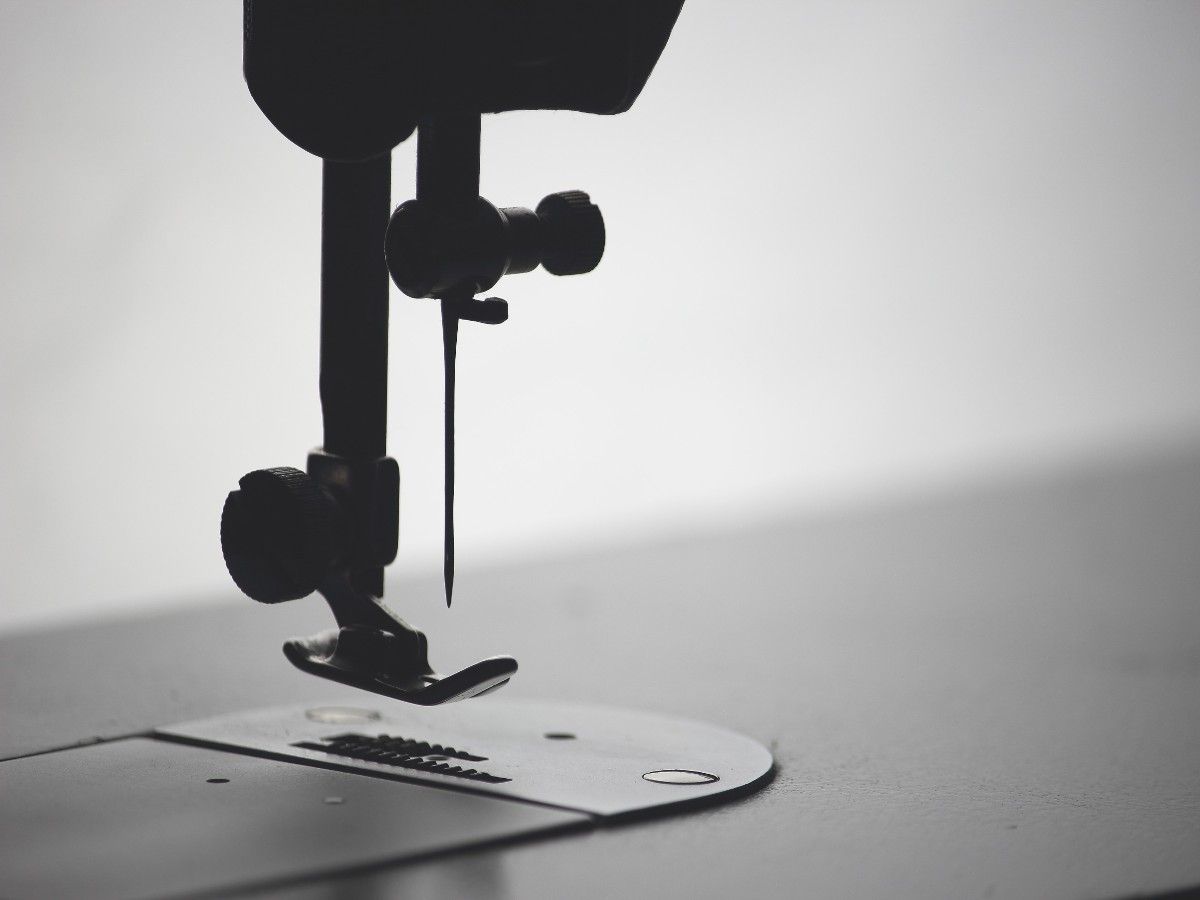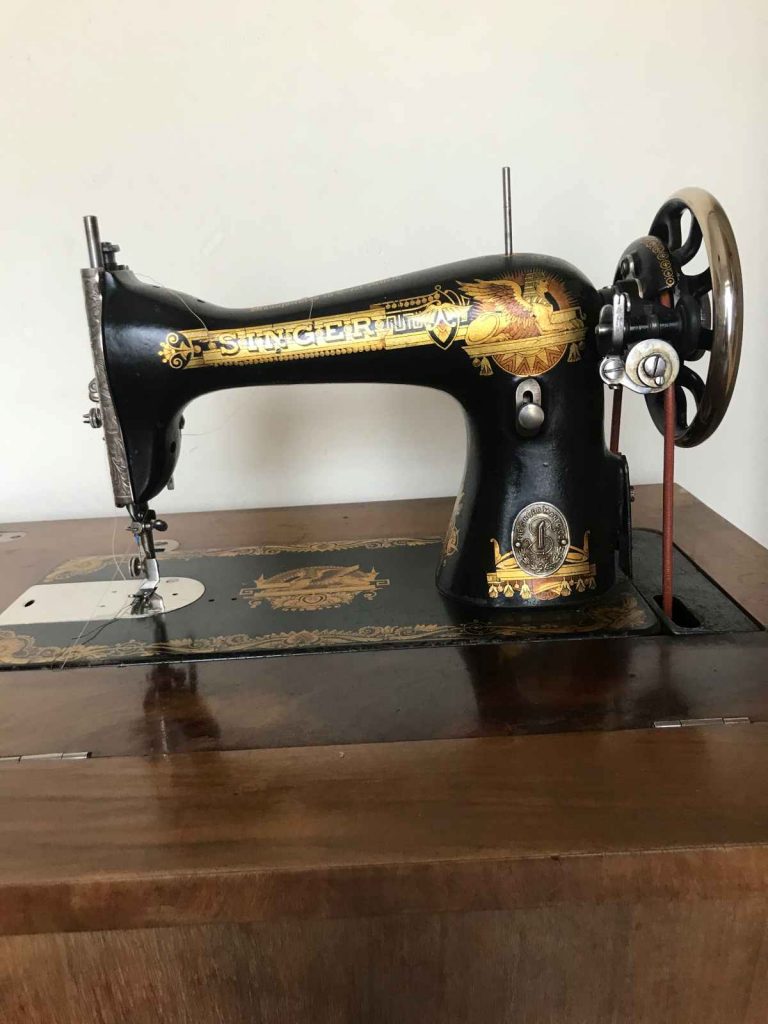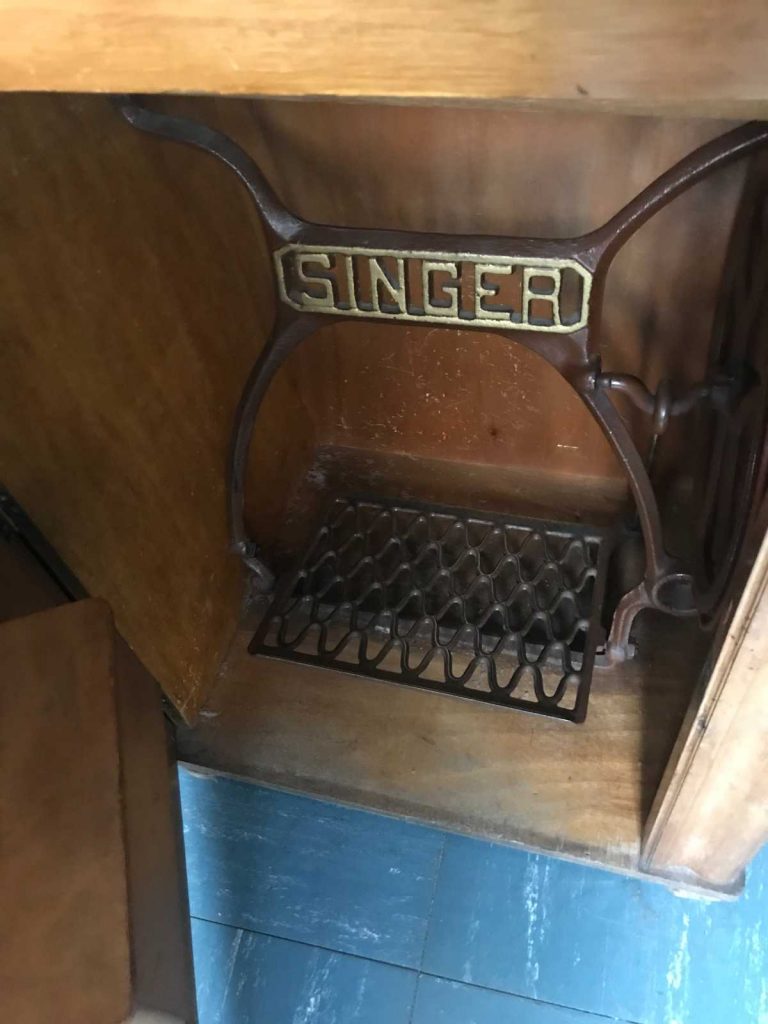
Lessons from a brand built to last
Lately, I have been brainstorming a lot of concepts 🤔. Like the imminent end of the consumer society, either because we are drowning in our own waste, or because we have finally used up all the planet’s raw materials long before the expected circular economy decouples production from resource extraction. Or how we must once and for all stop inventing and making seductive needs that are not needed and focus on the millions of small or large conscious solutions to everything that must be fixed, which is a lot. Or how growth as the ultimate end of all things will always be far less attractive than the well-being of people and the planet. Or how the economy has to stop being at war with life and instead put it at the centre of all its decisions. Or how we are witnessing live the breakdown of multiple interconnected systems on which human beings are fundamentally dependent. Or how common sense solutions seem to be ruled out in advance to solve the ecological crisis…
That’s what I was thinking, when real life, which always puts your feet on the ground, assigned me the mammoth task of dismantling the family home. In addition to the emotion of such a moment with the inevitable reunion with the past and the longing for loved ones who are no longer here, I wanted to talk to you about an object with a powerful brand and a lot of history behind it that symbolises everything that was left undone and that should be recovered, in our new context.
I am talking about the SINGER sewing machine that my mother had inherited from her mother and which was a familiar piece of furniture in many homes. Hers, perhaps in the height of modernity at the time, is a folding machine, which hides under the cabinet where the legs and that beautifully wrought iron pedal that distinguished them are also found. The machine weighs a tonne, has the brand name engraved in gold, and is literally indestructible. It never stopped working and my mother continued to sew tablecloths and hems with it almost until the end of her days. She used to tell me how she and her brothers and sisters would do their homework at the dining room table and put their notebooks in the sewing machine cabinet when the table had to be set for lunch or dinner.


Wikipedia tells us that the SINGER sewing machine is one of the first sewing machines in history, which is a version perfected by Isaac Merritt Singer of Elias Howe‘s model. Singer began manufacturing its machines in 1850 with the industrial revolution taking shape. A few decades earlier, Luddites defended the quality of traditional labour and violently rebelled against the profound change of machines on their way of life and economic circumstances. Two years earlier, the American activist Elizabeth Cady Stanton had caused controversy at a women’s rights convention by calling for women’s suffrage. How daring!
At that time, sewing women were the lowest-paid workers and suffered the most hardship and privation, as reported in the press at the time – what does this remind us of? It was not only seamstresses who suffered: most wives and daughters had to sew. Sewing was a tedious and time-consuming job – up to 14 hours for a single shirt. The opportunity was clear: if you sped up the work you could make a fortune.
Singer was not exactly a champion of women’s rights. At least 22 children are credited to him, and for years he managed to support three families, not all of whom knew of each other’s existence, all while technically still married to another woman. At least one woman complained that he beat her. Although it was personally obvious that Singer was not exactly a feminist, his design could make a shirt in an hour. Once freed from the multitude of legal disputes in which he found himself embroiled, the sewing machine market took off, and Singer came to dominate it.
Singer and his business partner, Edward Clark, were also pioneers in marketing. Sewing machines were expensive and buying one meant spending several months of the average family’s income.
Clark came up with the idea of installment buying: families could buy the machine by paying a few dollars a month for years until the full price was paid. An army of Singer sales agents would set up the machine when it was purchased, and call back to verify that it worked.
All these marketing efforts faced a big problem: the misogyny of the time (let us never forget where we are coming from). Comments along the lines of why would you buy a “sewing machine” when you could just marry one, or that women would have more time to “improve their intellects!”
Such prejudices fuelled doubts that women could operate these expensive machines. But Singer’s business depended on proving that they could, no matter how little respect he might have shown for women in his own life. He rented a storefront on Broadway in New York and employed young women to demonstrate how they operated his machines. They drew huge crowds.
Singer’s ads showed women as decision-makers:
“Sold by the manufacturer directly to the women of the family.”
They implied that women should aspire to financial independence: “Any good operator can make $1,000 a year with them!” In 1860, the New York Times wrote enthusiastically: no other invention brought “so great a relief to our mothers and daughters”. Seamstresses had found “better remuneration with less toil”.
Singer had been an actor and had a flair for staging shows, and his talent helped create the image of his machine. He wanted to persuade people that machine-sewn garments were as good, if not better, than those sewn by hand.
In the 1870s, several American companies, including Singer, realised that they could sell their machines abroad. By 1918, at the end of World War I, SINGER sewing machines were so popular that they were in every fifth home in the world.
Much of its success was due to the loyalty of its consumers. The company had nurtured that relationship ever since it began selling to private individuals.
The truth is that few machines have been as treasured in homes around the world, passed down from generation to generation, evoking memories and inspiring dreams as the SINGER sewing machine. It is also one of the best-selling products in history.
Initially, the company approached factories, thinking that when they heard that they could make a hat or coat in two days instead of two weeks with the machine, they would buy it. And so they did: they ordered dozens, hundreds, sometimes thousands.
Moreover, its use extended beyond the manufacture of clothing. By altering the shape of parts of the machine, it could be used to make everything from shoes and gloves to books. In fact, there are still bookbinders using them today, and they are not new models, but the same machines they bought decades ago.
The SINGER sewing machines produced in the early 20th century were designed with precision and artistic flair. Constructed from cast iron and a combination of alloys, they were built to last. They were virtually indestructible and were decorated with gold leaf.
In the first year, sales rose from 5,000 to 25,000 machines and each year after that the number doubled.
It was a machine that had a place in every home, according to the company.
It is often said that this or that product changed people’s lives. This is one such case. To give us an idea, business historian Andrew Godley, tells us that, according to “diaries kept by housewives in the US in the 1860s and 1870s, they spent the equivalent of two days a week making or repairing clothes, sewing by hand and other associated tasks”.
“The sewing machine saved them 90% of that time,” says Godley.
What’s more, not only could they sew for their family faster, but also for other people, get paid and earn their own money – something truly transformative.
A happy ending
But it all eventually comes to an end.
When the industries that had been crippled by the Second World War recovered, Singer’s monopoly was threatened.
New, better, and cheaper sewing machines entered the market. Singer did not adopt the right strategy to compete and this, combined with the arrival of the fashion revolution of the 1960s – with cheap and attractive clothes – led to the company losing the status it had long retained.
In some places, however, SINGER sewing machines continue to transform lives. Like in Ghana where the organisation Street Girls Aid receives refurbished sewing machines from the charity Tools for Self Reliance. They are SINGER machines from the beginning of the 20th century, yet they usually only need a thorough cleaning to function as well as new.
At Street Girls Aid dozens of young women learn to sew, design, and dream with these durable, hand-operated machines for which they do not have to pay electricity and which they take home with them when they finish the course so that they can start their own business.
*************************
Douglas Rushkoff says in his book “Team Human” that, although it may seem the exact opposite, we are living in a new renaissance. The beauty of living in a moment of rebirth,” he says, “is that we can recover what we lost last time. Just as medieval Europeans recovered the ancient Greek conception of the individual, we can recover the medieval and ancient understanding of the collective. We can recover the approaches, behaviours, and institutions that promote our social coherence.
What do we want to recover from the time of the SINGER machine? Clearly not the macho, womanising behaviour of its founder, nor his unbridled ambition and all those misogynistic remarks. We want to recover those social advances that he achieved without intending to.
If we once knew how to make indestructible machines that improved people’s lives and did not need electricity, we can recapture that spirit. Let us leave planned obsolescence among those bad dreams from which humanity eventually awakens. Designers of the world, “elongation” awaits us for a conservation economy that overcomes the excesses of consumption. Because we are people, not consumers.
Although at that time it meant an important saving of time, today my mother sitting at the machine sewing hems of tablecloths evokes in me another “tempo” of life and another way of doing things, with more love, with more dedication. With our own hands. Choosing fabrics, threads, and buttons to make them last.
As then, we are at the beginning of a new industrial revolution. The difference is that in the 19th century our environmental footprint was compatible with life, and it is no longer so. Threatening traditional ways of doing things with no guarantee that there is a future no longer serves us well. A machine like my mother’s SINGER reminds us that we can become self-sufficient if things eventually turn out to be very bad.
Finally, even though it was a coincidence motivated by commercial interest, SINGER symbolises the empowering spirit of women, of our energy, of taking care of our loved ones, of the importance of the little things. The kind that will change the 21st century.